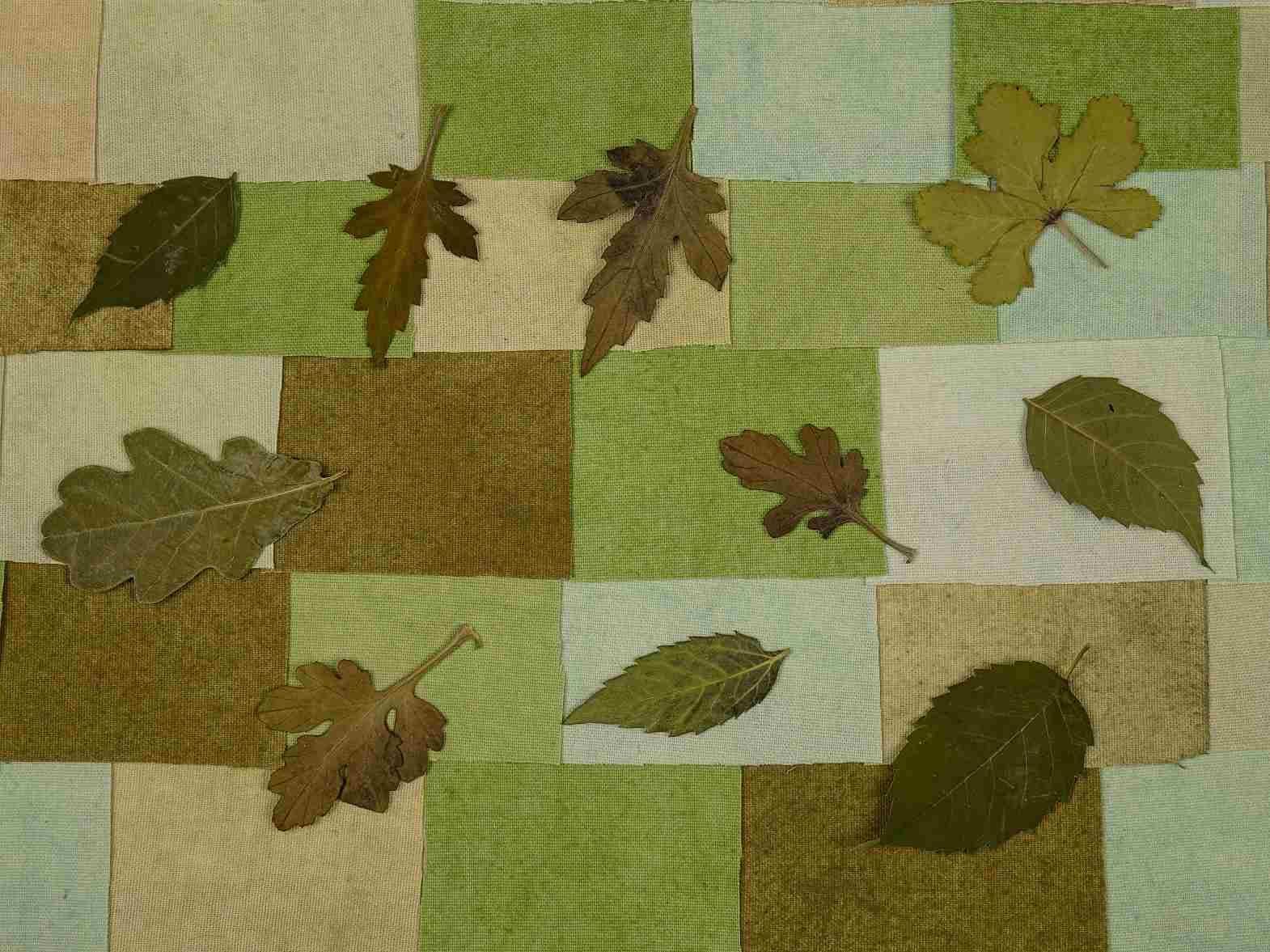Using herbal dyes on organic fabrics, though it is becoming a buzzword nowadays, is not actually a recent trend. The process dates back to almost 4000 years and was being practiced more as an art.
Environmentally-friendly fibers such as organic cotton and recycled synthetic fabrics have become more popular among apparel makers. However, during the process of apparel making, though organic fibers are used, chemical dyes are used in the process, which again affects the environment. Some manufacturers use vegetable dyes. But even in these methods of dyeing, some chemicals like copper sulfate and ferrous sulfate are being used as catalysts. This again discharges harmful effluents, making the previous attempts of using organic fibers and vegetable dyes futile.
Hence the need for using herbal dyes came into practice. Extracts of herbs are used for dyeing fabrics. They not only have natural but also medicinal values. This provides health benefits to the end products and helps the wearer in fighting against diseases such as asthma, hypertension, diabetes, and many more. Alluring shades of red, brown, yellow, orange, and green are obtained from herbs.
The Process:
Herbal dyeing process does not involve any chemical treatment on fabrics. Only natural and certified organic fibers such as silk, hemp, cotton, and wool are used. The dyeing process even stays ahead of organic fabrics in a way that throughout its various stages, only natural processes are used. Even bleaching is done by exposing the cloth to sunlight. To keep the purity and power of the herbs intact, the extracts are directly applied to the fabric. Desizing of the fabric is done by washing the cloth with sea salts and natural mineral water. Herbally dyed fabrics are mostly used for making undergarments, bed sheets, and pillow covers. These fabrics stay close to the skin, so all the benefits of the herbs are being absorbed by the skin.
Herbs and their healing effects:
Certain herbs have specific medicinal properties:
Indigo: Also known as Neela Amari, this dye protects the wearer against skin diseases. Its ability to provide the beautiful blue hue has made it a preferred option for apparel makers. Applied on clothes, cures giddiness, abdominal diseases, and spleen disorder.
Onion: Apart from tears, onion also gives bright shades of yellow, rust, and orange. It does not cause any odor on clothes, and cures fever, cough, anorexia, and parasite infections.
Sandalwood: Its pleasant fragrance helps in reducing stress. Producing red shades, this is mainly used in coloring bed sheets.
Pomegranate: Used for getting an ocher yellow shade in clothes, effects of this color is good for the heart.
Haritaki: Named so as it grows in the Himalayas, this is used to get natural green color. It is also praised as King of Herbs owing to its medicinal properties.
Cutch: Also called catechu, this gives an orangish brown hue and is mainly used on cotton and silk clothes. Cures parasite infections, fever, digestion problems, and ulcer.
Turmeric: Originating from the ginger family, turmeric is used for its yellow hue, both in food and clothes. Worn with clothes, it cures skin diseases, anemia, and ulcer.
Market for Herbal Textiles:
As many countries are banning the use of toxic chemicals in textiles, market for textiles dyes using vegetables and herbs are gaining competitive advantage. Arun Baid, Founder, Aura Herbal Textiles says he observes a lot more consumers than 10 years before. "We see lots of people aware of pollution due to textile processing. A noticeable trend in the industry is use of low-impact dyes and inclination towards natural dyeing. Also companies are aiming towards give the sustainable packaging solution which a very new development in the industry and now organic cotton market is offering almost every kinds of clothing which was initially limited to sensitive clothing like baby apparels or hygiene clothing."
As the market for organic clothing gets heated up, so does the demand of clothes herbally dyed. Arun positively asserts there is a good market internationally as well as in India. "It is over 6 billion market for organic cotton which can be necessary part of organic process we are doing exclusively."
A tradition to cherish:
Fabrics coated with herbal dyes were once used only by people of royal families. As a handloom craft, this tradition has passed down to the succeeding generations. This age old practice emphasizes the importance of an environmentally friendly way of living, and sustaining the world in a virtuous way for the forthcoming generations.
Arun feels that there is a need to develop more shades to cater to different level of requirements. He further suggests that more print colors are required to cater to international market. "The product needs to be designed in such a way which gives shelf value too i.e. more packaging options."
Most of the clothing available in the organic market has been dyed chemically. Hence increased focus should be paid in creating awareness regarding chemical dyeing and herbal dyeing. Arun tips the consumers regarding the same. He says, "The feel and look of the fabrics is different including smell, however there are small natural tests available to check if the dyed is herbal beside going to laboratory for the same( for example , a drop of lime will always effect the shade since it is most hard natural bleach)."
Herbal textiles are an effective option to ouster pollution, and the environmental threats. With up gradations in manufacturing processes, these garments look no different from standard clothing. One can achieve the dual purpose of looking fashionable, and also contribute their part in saving planet earth.
References:
1) Ecouterre.com
2) Motherherbs.com








Comments